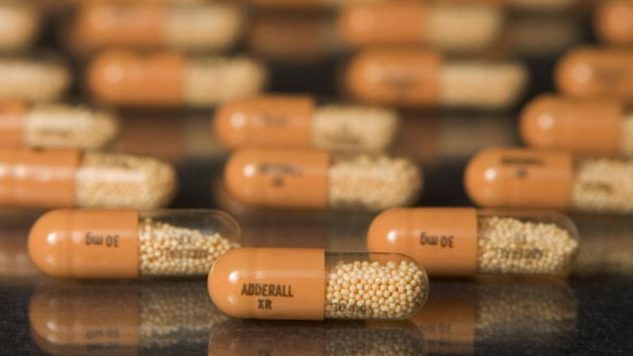The Beginner’s Guide to Behavioral Medication, Part 3: Stimulants
Photo by Jb Reed/Bloomberg via Getty Images
Note: This series is not meant to diagnose or mollify mental illness or provide medical advice—that responsibility lies with psychiatrists and physicians. The author is not a licensed medical professional.
Last month, we covered the basics of antidepressants and mood stabilizers as well as their most common side effects. Now, we’re wrapping up this series with a rundown on stimulants.
CNS Stimulants
Central nervous system stimulants speed up and liven bodily functions, particularly alertness, attention span and physical activity. They’re most commonly associated with attention deficit disorder, attention deficit-hyperactive disorder and narcolepsy and include drugs like Adderall, Concerta, Focalin, Ritalin and Vyvanse. Even caffeine, the world’s most widely consumed psychoactive drug, is considered a CNS stimulant.
Stimulants’ mechanics vary depending on type. All CNS stimulants increase the levels of dopamine, a neurotransmitter that affects the brain’s movement and attention centers. Some stimulants increase the brain’s levels of serotonin and norepinephrine, which are found in antidepressants, as well.
-

-

-

-

-

-

-

-

-

-

-

-

-

-

-

-

-

-

-

-

-

-

-

-

-

-

-

-

-

-

-

-

-

-

-

-

-

-

-

-








































